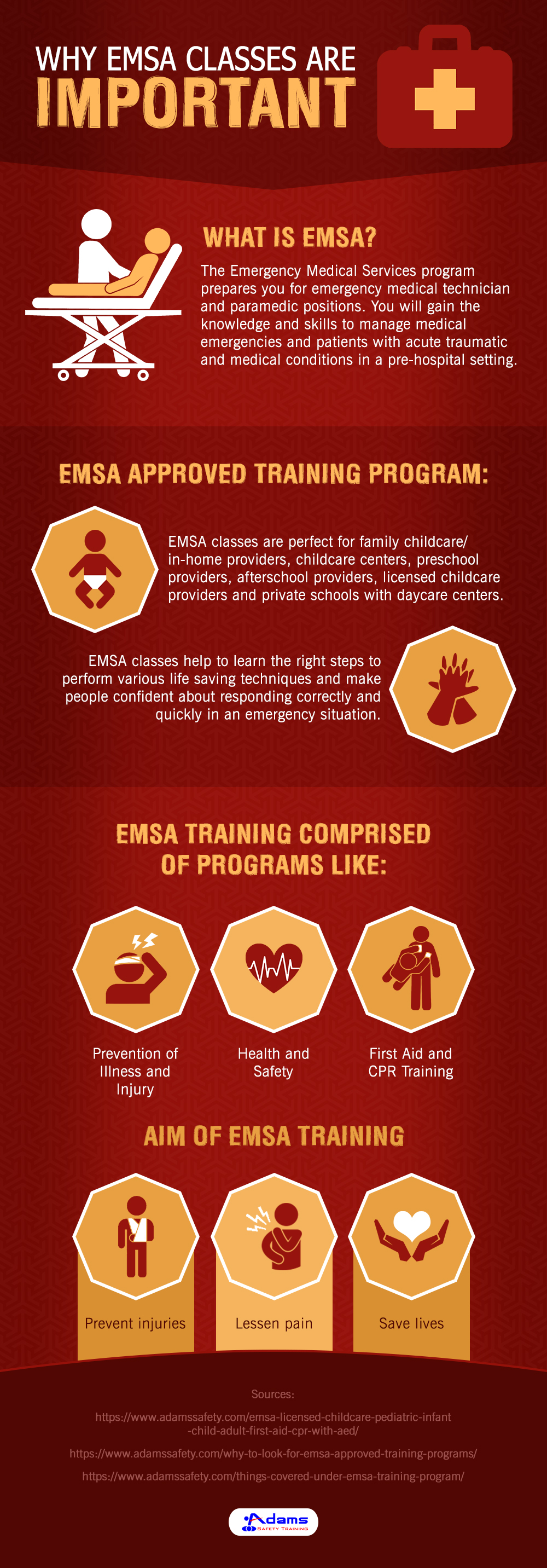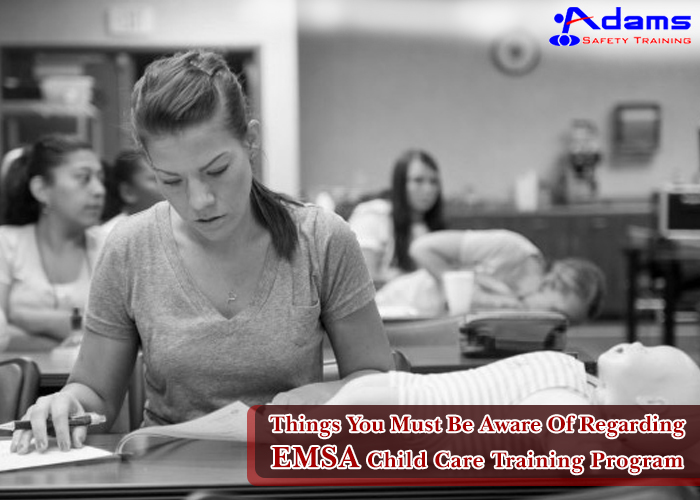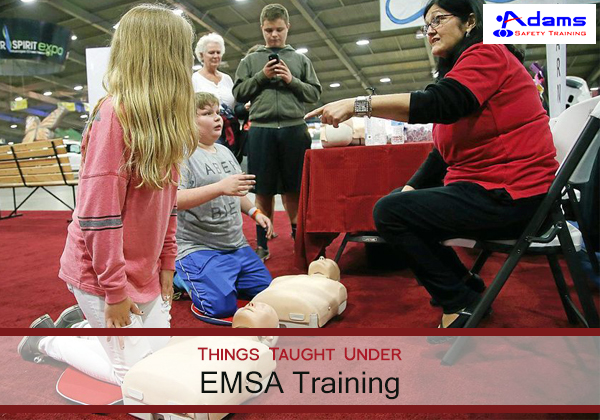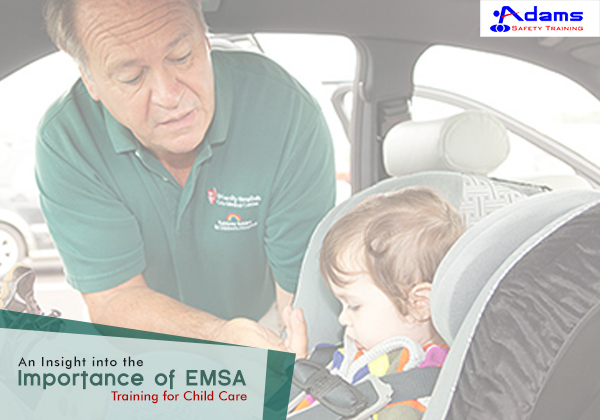The Emergency Medical Services program is meant for emergency medical and technician positions. It may seem like a training program meant only for people in medical aid positions, but it can be useful for others as well. With EMSA training you get the opportunity to learn knowledge and skill to manage emergencies, including dealing with patients in acute traumatic and medical conditions.
Prevention of illness: EMSA course includes lessons on common diseases, their symptoms and preventive tactics. One can learn about preventive measures when there is an outbreak of a disease.
Prevention of injury: Training includes safe practices and learning about security measures that must be followed. By following the right measures you can create safe and secure premises where chances of injuries are automatically reduced.
Health and safety: EMSA entails detailed lessons on following a healthy lifestyle. This includes prevention of diseases and dealing with simple emergencies like cuts, burns and strokes.
First-Aid and CPR: EMSA classes include First-Aid and CPR training. These are critical components of emergency care. These procedures can save someone’s life in an emergency. While First-First-Aid can teach one to deal with simple injuries and illnesses, CPR is critical in case of a cardiac stroke. To know more about EMSA Classes refer to the infographic below.






